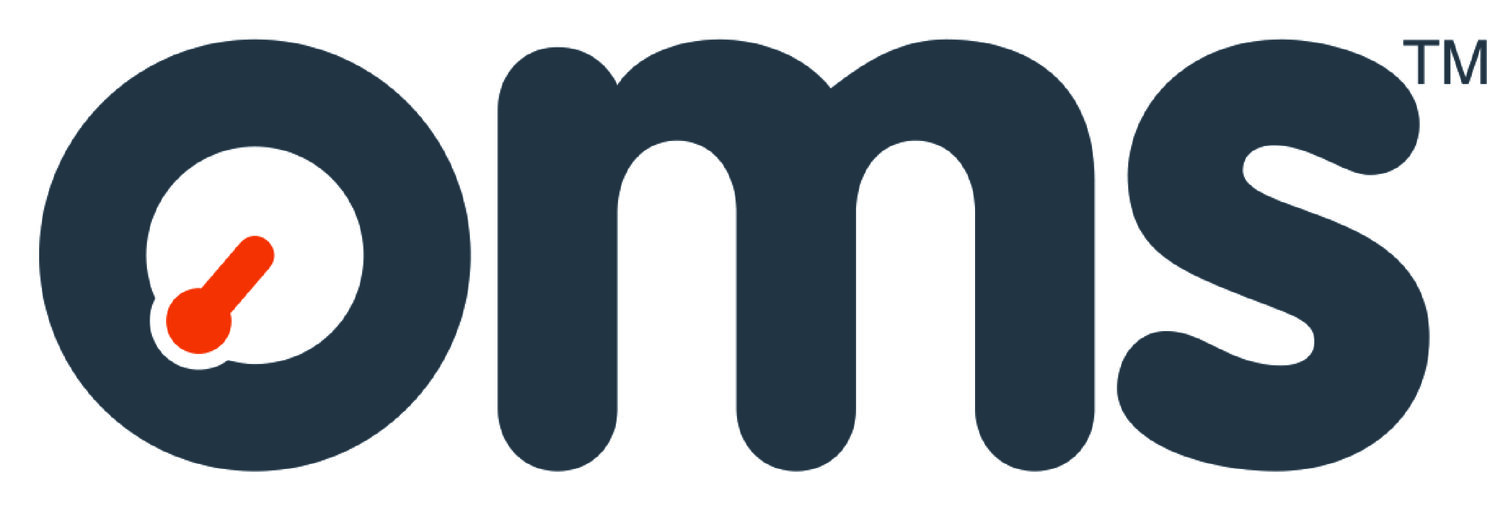How to spot wrinkle defects in pipes
The oil and gas industry requires that the pipes it uses meet specified standards. How do these standards apply to the inspection of pipe features such as dents, gouges, scrapes, areas of corrosion, lumps of extraneous material or wrinkles?
Video inspection
Sometimes the employees who specify inspection criteria may not understand all the practicalities. For example, when working on a set of pipe for a project we may be asked for a “video inspection”, or words to that effect.
Let me explain why this apparently simple request can mean the client does not get the information they hoped for. I will follow with a new advance that completely does away with this primitive and inefficient method.
A client once requested a video and laser profile inspection of some very high value pipe. The purpose of the video inspection intrigued me. A typical video inspection might have a pan and tilt camera, with variable intensity lighting, critically important for the dark insides of a pipe. Once the camera is inside the pipe, the operator turns up the light and starts collecting video images. If they see an interesting feature they may stop to pan and tilt the camera, and perhaps zoom in to get a close up image. What could possibly be incorrect or inefficient about this process?
Raking light in art and archaeology
When archaeologists are searching for long-lost villages dating back hundreds, or even thousands of years, they fly over the site and take pictures. Rather than setting out in the middle of the day they fly over at sunrise or sunset and use the raking sun to highlight the small undulations in the surface caused by ancient buildings. This commonly used method is highly effective.
Aerial view of the village, looking south. Wharram Percy is one of the best understood deserted medieval villages in Britain as a result of its visible earthwork remains.
When inspecting pipes using the video method described above the light almost entirely washes out any internal features. No surface contours are easily visible. The whole process is just as ineffective as an archaeological contour survey carried out at midday.
Diffused light source
Knowing that my client wished to understand the small features on the pipe surface and to relate them to the information provided in my laser survey, I was hesitant just to follow the usual instructions. In preparation I bought a number of light sources, including a large torch and large circular light diffuser, such as would be used for an outside light. Although the torch was useful only to aid visual inspection from one end, the diffused light source was highly effective. When I turned the video system light off I could distinguish all manner of manufacturing features that had been invisible. This “raking light” scheme (RAK) has been used for many years in the study of paintings.
After conducting a number of these studies we developed a range of battery-powered diffuse LED lights panels that could be fixed easily to the end of a pipe. An example of a raking light image of a pipe is illustrated in the following figure.
Figure – An example of a pipe being illuminated from the end. There are a number of small ridges in the pipe which are clearly visible which were formed during the manufacturing process. An example of a colour encoded depth which has been unwrapped into a flat sheet is provided in the following figure.
The figure above illustrates the way in which the detailed measurements taken (every 10 mm along the pipe) were able to capture many of the manufacturing features in the pipe. The advantage over the image only method is that each of the features can be quantified by size, shape and depth.
Over a period of time I analysed many pipes under varying test conditions using both this method and the laser profiling method and found that the raking light images provided good confirmation of the features I was investigating. If asked to use only one method I would choose laser profiling because all the same information provided by raking light was visible in the 3D plots – and with laser profiling I could quantify their size and shape as well. The only disadvantage was that at the time it took too long to collect more than one cross-sectional profile every 5mm along the length of the pipe. Often profiles were only specified every 20mm, which meant small features that the camera would see might fall between the profiles.
Mapping the entire internal surface
We are now able to offer a service that provides a comprehensive mapping of the pipe’s entire profile. Every square millimetre, or better, is mapped. Given the level of accuracy and detail the mapping provides, the remaining benefits of visual survey are detecting features such as cracks, porosity, discolouration and colour. Our tool also collects the images that correspond to the laser scans – providing the best of both worlds – and the information can be viewed in many different ways. Enough detail is revealed that I can confidently say my application of the raking light method is now completely redundant. A computer render of the new tool is provided in the following figure.
OMS AUGA-Node
The latest technology for laser and camera scanning in a portable package from OMS, the AUGA – Node.
For more information on our laser inspection tools see here.
Lessons learned.
Specifications, however well-intentioned or well-established, do not always deliver what the client really needs
Knowing about other areas of scientific endeavour can educate you on how to approach a completely different one.
Technology can advance such that what was once a staple method now becomes virtually obsolete
Find this article useful? Sign up for more here!
Posted 14.04.2020
[5 minute read]
By Tim Clarke





